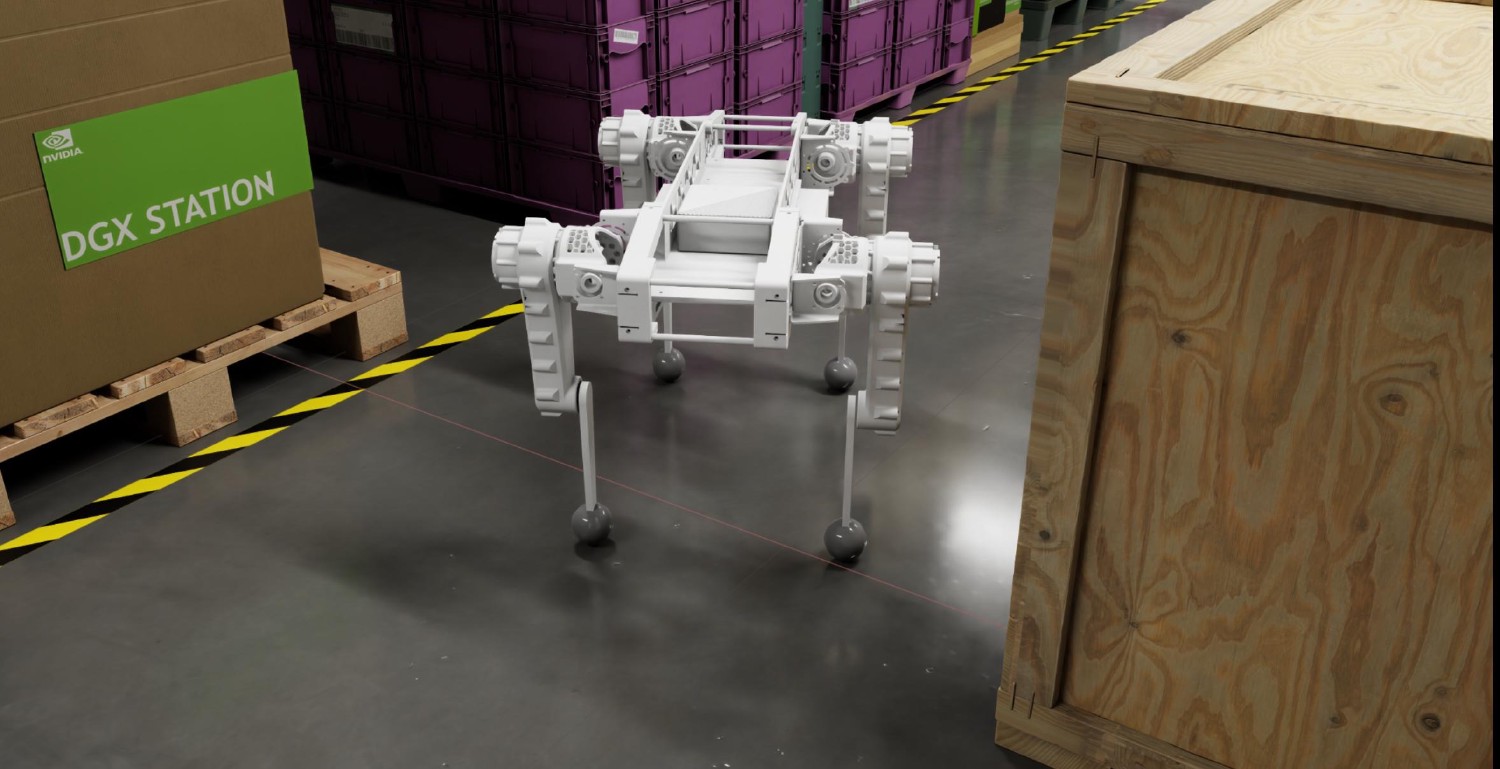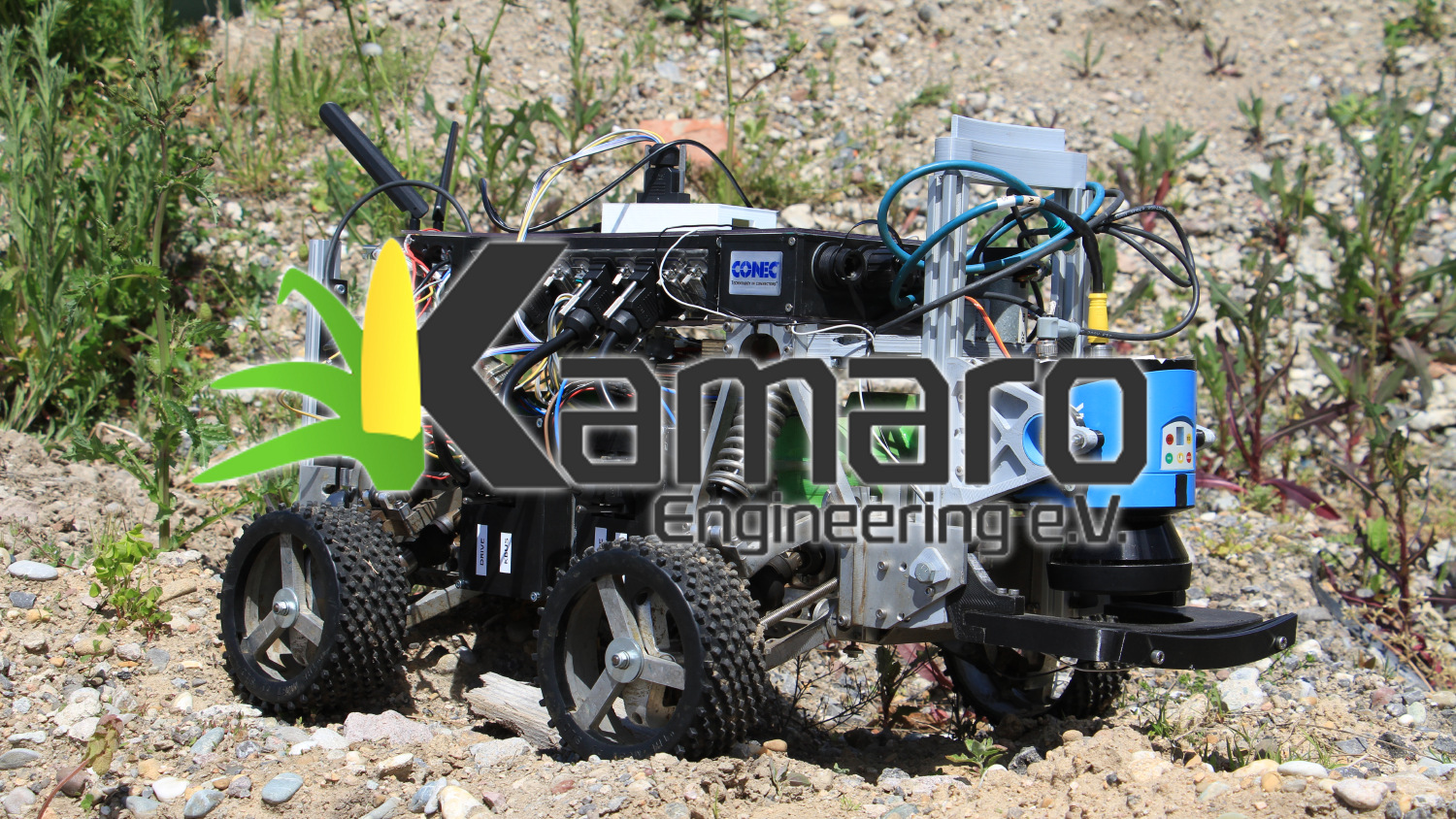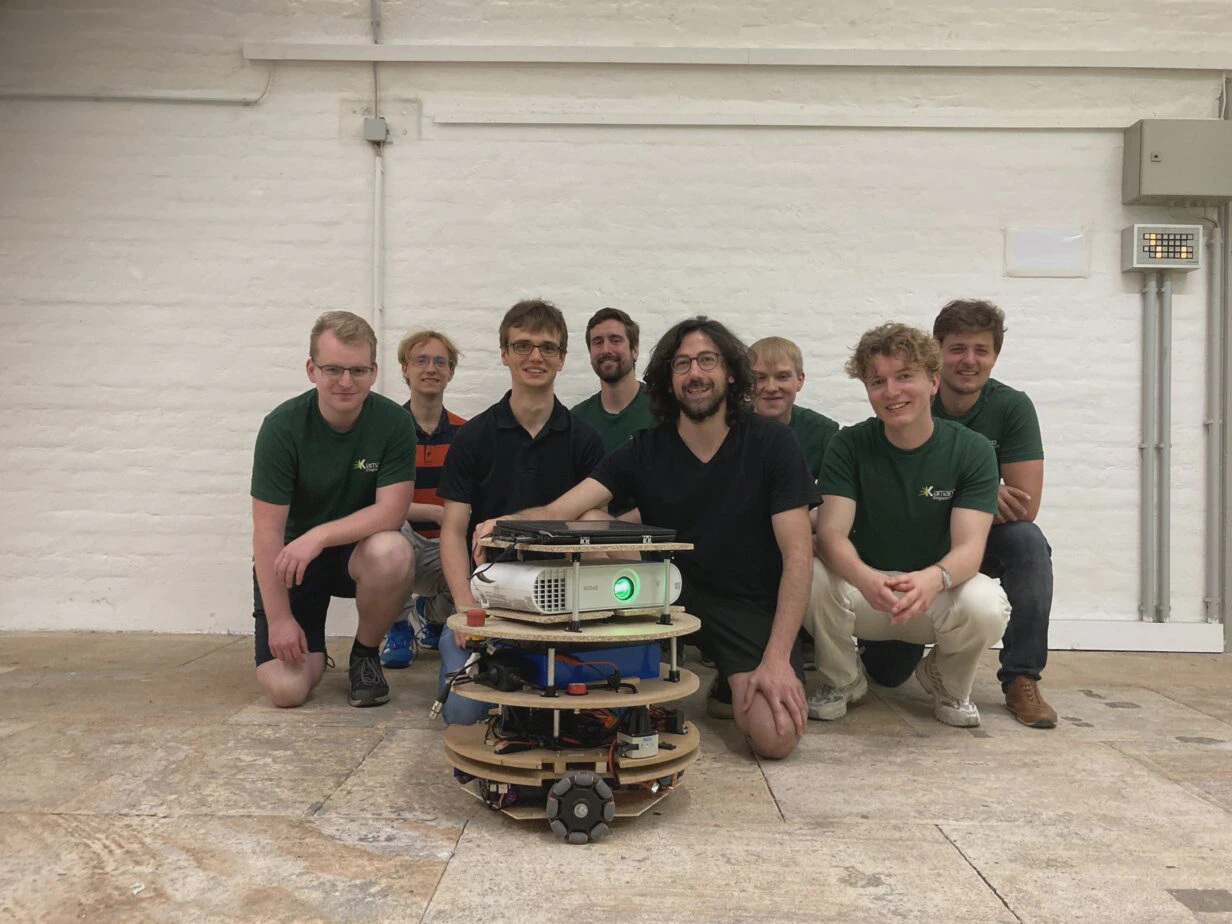
Reinforcement Learning and Model Predictive Control
Although Luna relies on a broad range of sensors delivering real time feedback for direct control, we are planning to enhance the capabilities and real world Application. There are two distinct ways to improve those Aspect through Machine Learning (ML), on one side we use auxiliary ML models to increase the reliability of our system as a whole through using additional sensors to improve main sensors readings. The other application covers a broader range of application through learning Agent Policies that can control luna on their own and follow given commands such as moving in a certain direction or rotating on the spot. Through the implementation of digital twin we were able to test our software stack and hardware plans before starting the costly process of creating hardware prototypes, therefore increasing the amount of time we needed to get our first working system into a prototype state.

Ankündigung: Infoabend und Events
Unser diesjähriger Infoabend findet am Donnerstag den 09.11.2023 um 18:00 Uhr in Raum 016, im ETI Gebäude 11.10, statt. Auch dieses Semester werden wir uns wieder auf einigen Events vorstellen. Geplant ist die Erstsemesterbegrüßung des KIT am 27.10.2023, die TechHSG Messe am 07.11.2023. Außerdem veranstalten wir zusammen mit dem KFG einen University Club am 07.11.2023 zudem wir mit freude einladen.

Anas Kahal + Kamaro Engineering e. V. win first place at Kunstpreis TechnologieRegion Karlsruhe
After an eventful week at the international FRE in Slovenia, we got to attend another award ceremony with artist Anas Kahal. A the first Kunstpreis TechnologieRegion Karlsruhe, the jury awarded first place to his ingenious exhibit which features one of our self-built autonomous robots. With Cassiopeia, Kahal creates a dynamic environment in which viewers are guided through found footage of the Syrian civil war by the movements of an autonomous robot.